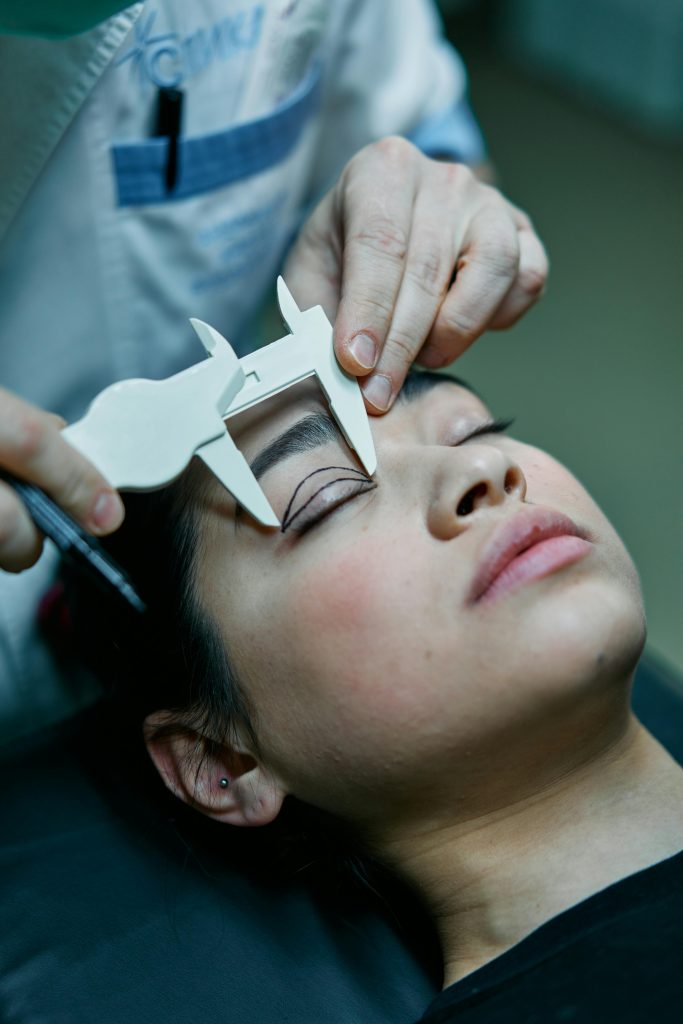Table of Contents
Cataract surgery is one of the most common and successful medical procedures performed worldwide. This surgery is a vital solution for individuals suffering from cataracts, a condition that clouds the eye’s natural lens, leading to diminished vision and, in severe cases, blindness. Understanding the process, benefits, and recovery associated with cataract surgery can help patients make informed decisions about their eye health.

What is a Cataract?
A cataract is a clouding of the eye’s natural lens, which lies behind the iris and the pupil. It often develops as part of the aging process, but can also result from trauma, certain medical conditions like diabetes, prolonged use of steroids, or excessive exposure to ultraviolet light. Symptoms of cataracts include blurred vision, difficulty seeing at night, sensitivity to light, and seeing “halos” around lights.
The Cataract Surgery Procedure
Cataract surgery is typically an outpatient procedure, meaning patients can go home the same day. The surgery involves removing the clouded lens and replacing it with a clear artificial lens called an intraocular lens (IOL). Here’s a step-by-step overview of the process:
- Pre-Surgery Preparation:
- Prior to surgery, the patient undergoes a thorough eye examination to determine the size and shape of the eye and to select the appropriate type of IOL. Measurements are taken to ensure the correct lens power and fit.
- Anesthesia:
- On the day of the surgery, the patient receives local anesthesia to numb the eye. In some cases, a mild sedative is administered to help the patient relax.
- Making the Incision:
- The surgeon makes a small incision at the edge of the cornea, the clear front part of the eye. This incision is usually less than 2.5 mm and allows the surgeon to access the lens.
- Removing the Clouded Lens:
- The most common method for removing the cataract is phacoemulsification. In this technique, a tiny probe is inserted through the incision. The probe uses ultrasonic waves to break up the clouded lens into small pieces, which are then gently suctioned out.
- Inserting the Intraocular Lens (IOL):
- After the clouded lens is removed, the surgeon inserts the IOL through the same incision. The IOL is unfolded and positioned into the lens capsule, the thin membrane that originally held the natural lens.
- Closing the Incision:
- The incision is usually self-sealing and does not require stitches. The surgeon may apply a protective shield over the eye to safeguard it during the initial healing period.

Types of Intraocular Lenses (IOLs)
There are several types of IOLs available, each designed to meet different vision needs:
- Monofocal IOLs:
- These lenses provide clear vision at one distance, typically set for distance vision. Patients may still need glasses for reading or close-up tasks.
- Multifocal IOLs:
- These lenses are designed to provide clear vision at multiple distances, reducing the need for glasses after surgery.
- Toric IOLs:
- These lenses correct astigmatism, a common refractive error that causes blurred vision.
- Accommodative IOLs:
- These lenses shift position or change shape within the eye to provide clear vision at different distances.
Benefits of Cataract Surgery
Cataract surgery offers numerous benefits, significantly enhancing the patient’s quality of life:
- Improved Vision:
- The primary benefit is the restoration of clear vision. Colors appear more vibrant, and overall visual sharpness is greatly improved.
- Increased Independence:
- Better vision allows patients to perform daily activities more easily, such as reading, driving, and recognizing faces.
- Enhanced Safety:
- Improved vision reduces the risk of falls and accidents, which are common in individuals with impaired eyesight.
- Better Quality of Life:
- The overall quality of life improves as patients regain the ability to engage in hobbies and activities they enjoy.

Recovery and Post-Surgery Care
Recovery from cataract surgery is typically quick and uncomplicated. Most patients experience improved vision within a few days, although full healing may take several weeks. Post-surgery care includes:
- Follow-Up Appointments:
- Regular check-ups with the ophthalmologist to monitor healing and ensure optimal results.
- Medication:
- Use of prescribed eye drops to prevent infection and reduce inflammation.
- Protective Measures:
- Wearing a protective shield or glasses to prevent accidental injury to the eye.
- Activity Restrictions:
- Avoiding strenuous activities, heavy lifting, and swimming until cleared by the doctor.
Conclusion
Cataract surgery is a highly effective procedure that can restore vision and significantly improve the quality of life for individuals suffering from cataracts. With advancements in surgical techniques and intraocular lens technology, patients can expect excellent outcomes and a relatively smooth recovery. If you or a loved one is experiencing symptoms of cataracts, consult with an ophthalmologist to discuss the best treatment options and take the first step towards clearer, brighter vision.